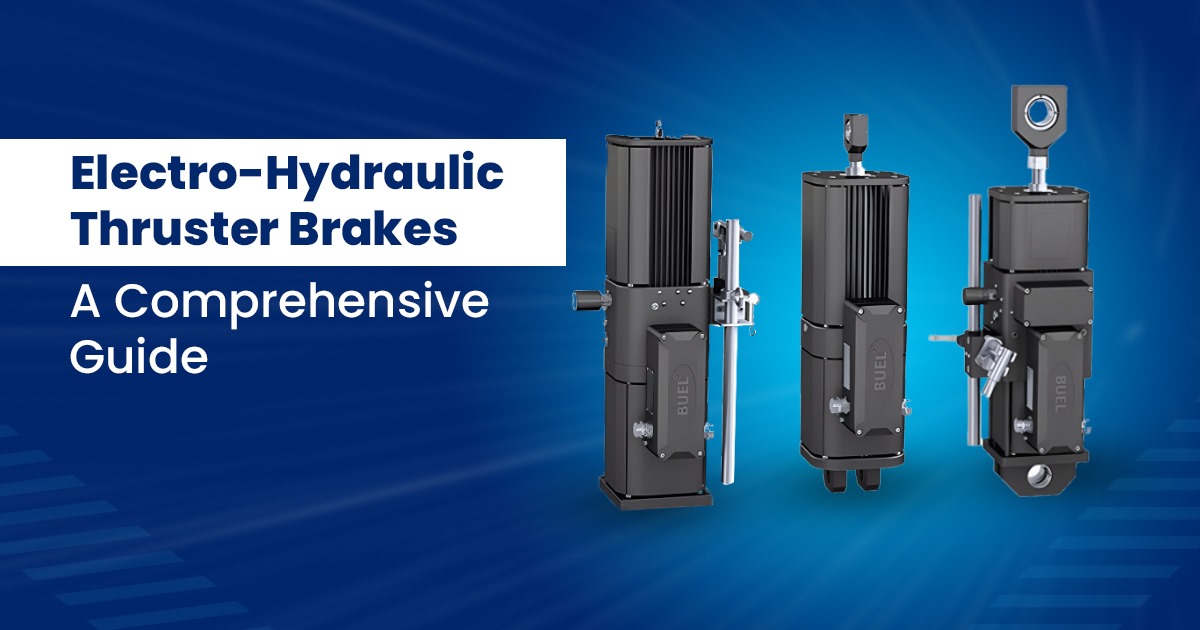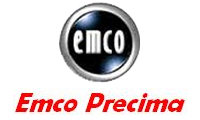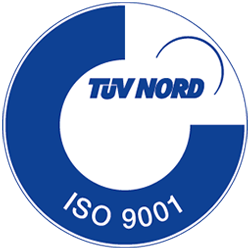
Understanding Electro Hydraulic Thruster Brakes: A Comprehensive Guide
- March 21, 2025
- by
- bhavik@bcreative.in
Imagine operating a massive crane in a busy port or operating a conveyor belt in a steel mill—each action has to be precise, governed, and most importantly, secure. This is where Electro Hydraulic Thruster Brakes come into the equation.
These advanced braking systems are built to deliver fail-safe, consistent stopping power under the toughest industrial conditions. Heavy equipment can otherwise get out of control, and it can end up causing expensive damage and pose the threat of injury. So why are these brakes so reliable? Let’s go inside the world of EHT Brakes and discover how they operate, what their advantages are, and how they’re used.
What are Electro Hydraulic Thruster Brakes?
Electro Hydraulic Thruster Brakes, commonly referred to as thruster brake or thruster drum brakes, are braking mechanisms that utilize an electro-hydraulic system for delivering controlled stopping force. They are mainly deployed in heavy-duty applications where the mechanical braking power is not sufficient.
How Do They Work?
EHT brakes function by converting electrical energy into hydraulic pressure, which then operates a thruster mechanism to push or pull in the brake. In power application, the thruster forces the brake shoes from the drum to permit motion. At power loss, the spring force causes the brake shoes to hit the drum to stop movement.
Major Components of an EHT Brake System:
Thruster Unit: Transfers electrical power into hydraulic motion.
Brake Shoes: Pressure on the drum to generate braking power.
Spring Mechanism: Activates the brake on failure of power.
Drum: The moving object against which the brake shoes press.
Housing and Frame: Offers supporting structure to the brake system.
Types of Thruster Brake:
Drum Thruster Brakes: A standard in cranes and conveyors, they offer effective stopping power.
Disc Thruster Brakes: For uses that require precise braking.
Fail-Safe Thruster Brakes: Automatically released and powered off on energization, they provide safety in the event of power loss.
Benefits of Thruster Brake:
High Reliability: Allows controlled braking of machines.
Fail-Safe Mechanism: Brakes engage automatically in power failure situations.
Low Maintenance: Reduced wear and tear as it operates hydraulically.
Smooth Operation: Reduces mechanical stress on equipment.
Energy Efficient: Operates electrical energy only when releasing the brake.
Applications of EHT Brake
Hoists and Cranes: For offering safe material lifting.
Conveyors: To assist in controlled stopping for industrial use.
Steel Mills and Foundries: Handling heavy loads under severe conditions.
Mining Equipment: Providing consistent braking in rugged environments.
Ports and Shipyards: Critical to container handling systems.
Installation and Maintenance:
Proper installation for maximum performance is ensured. The proper alignment of the thruster unit and drum, along with secure electrical connections, are necessary. Checking brake shoe wear, measuring thruster oil levels, and lubrication of parts are all regular maintenance procedures. The prompt replacement of defective parts ensures smooth operation.
Electro Hydraulic Thruster Brakes are an essential component in heavy-duty applications, offering safe and efficient braking. They are fail-safe, long-lasting, and efficient, which is why they are the preferred option in cranes, conveyors, and heavy-duty machinery. Maintenance and installation also support their performance, ensuring smoother and more secure operations. If you have cranes or industrial equipment to operate, learning the Thruster Brake is critical to smooth and secure operation. EMCO Brake systems are known for their reliability and durability, ensuring optimal performance in industrial settings.





